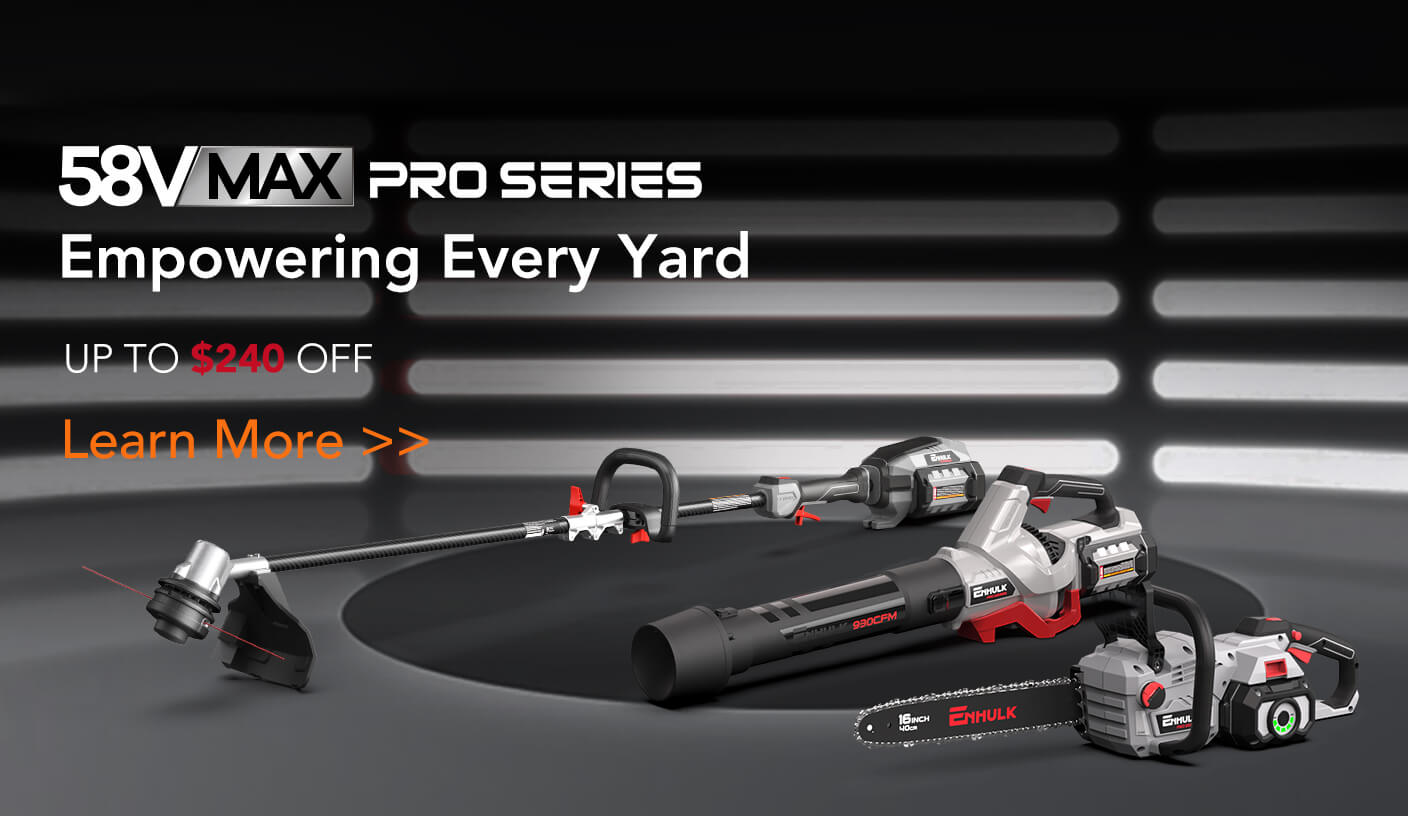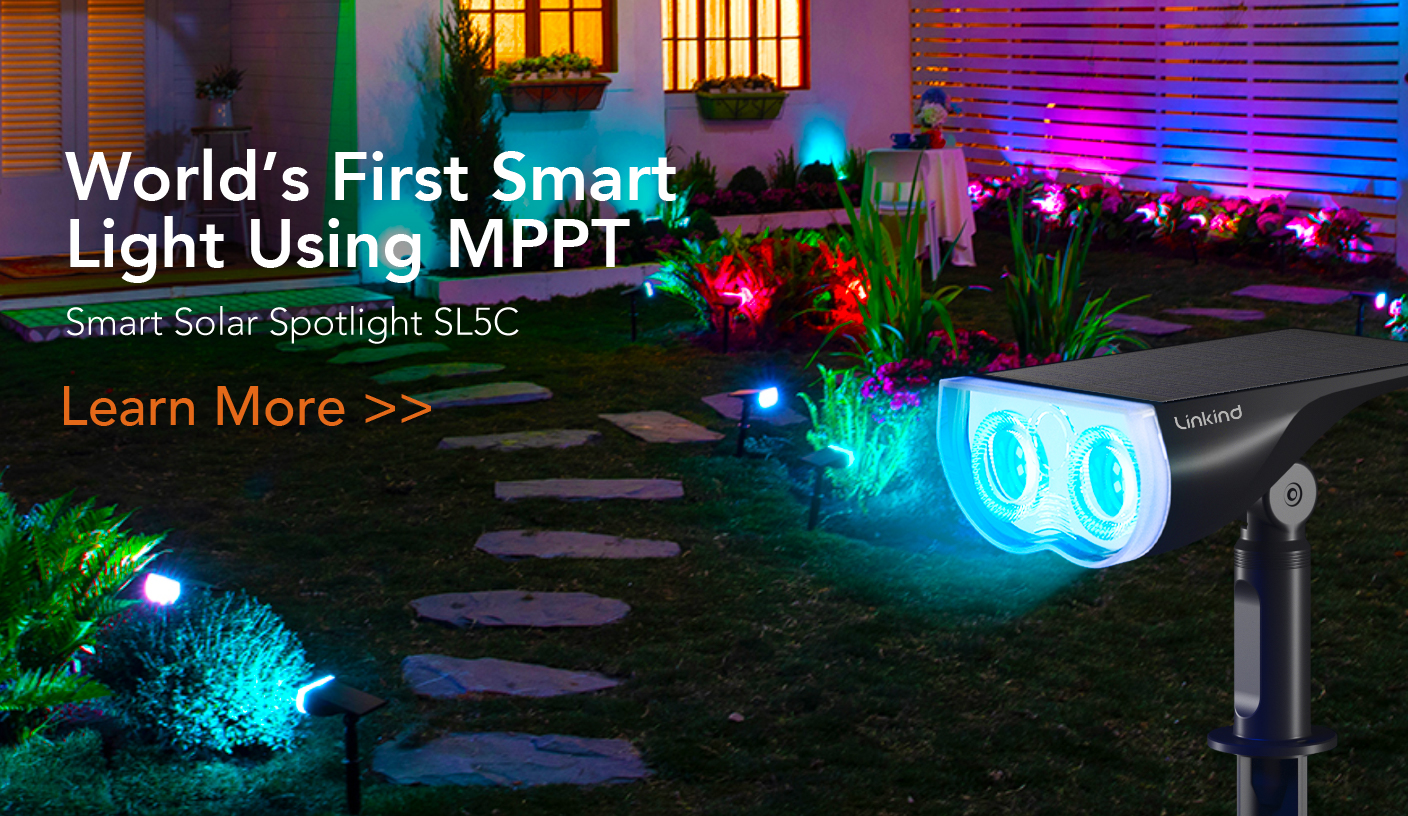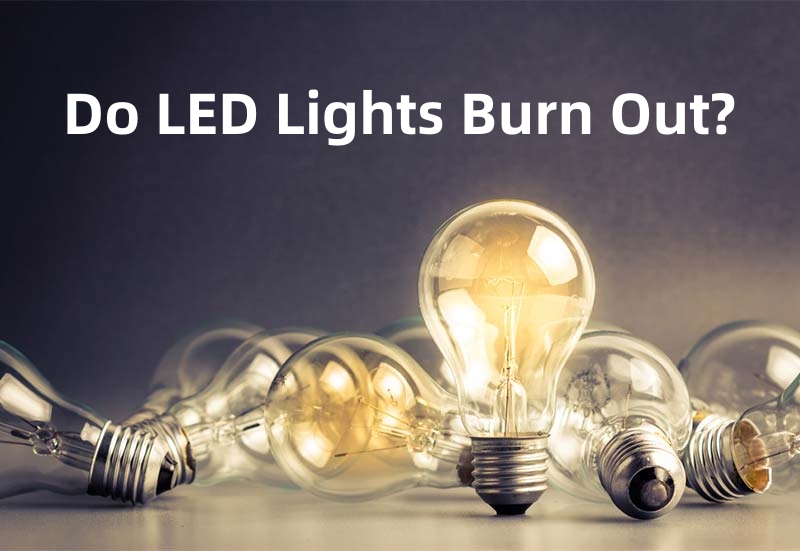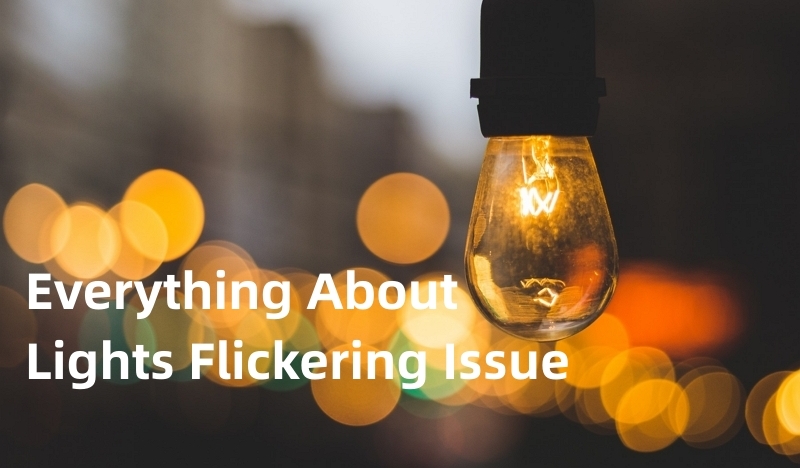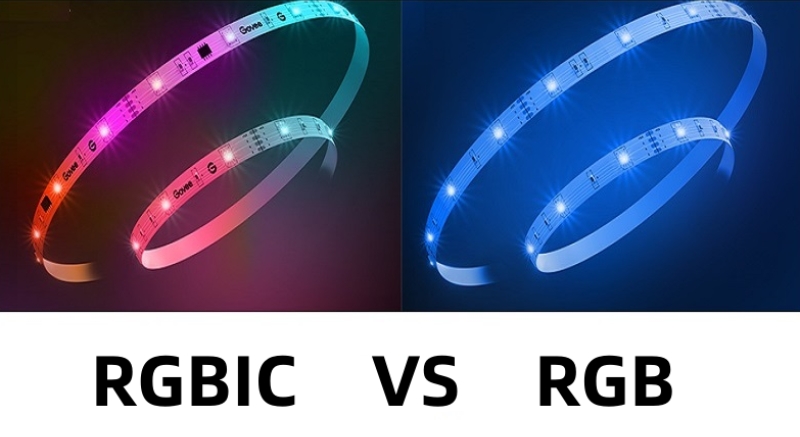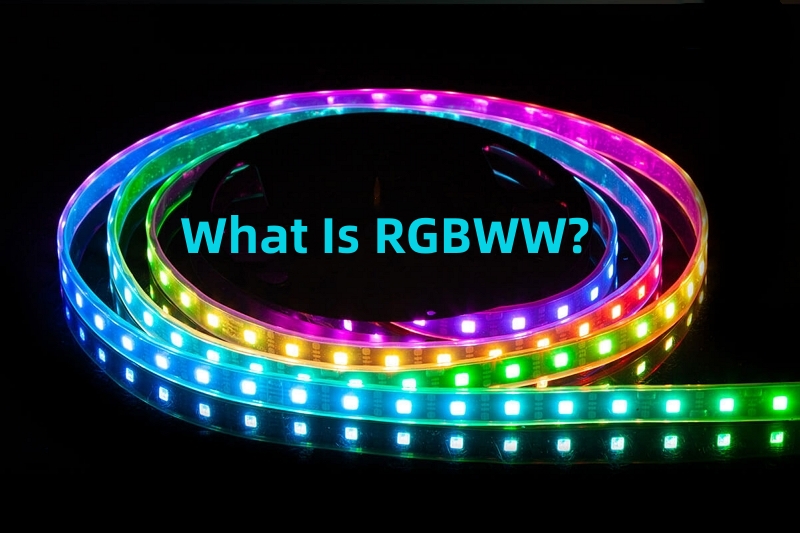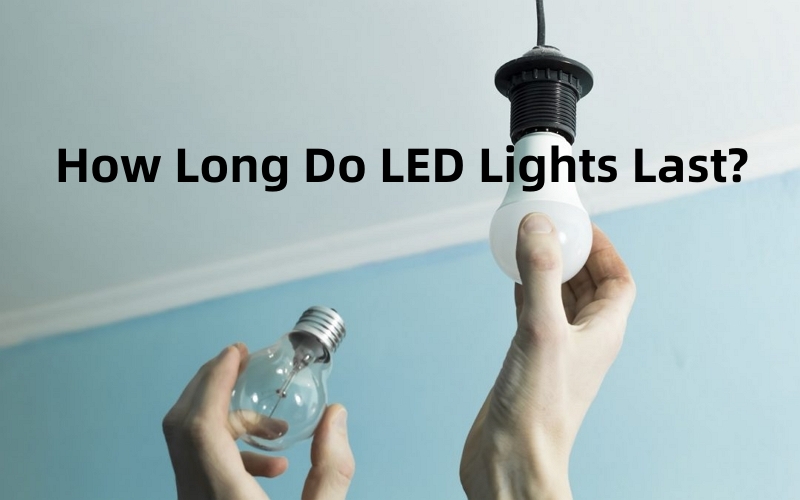As of 2022, 22 million homes are powered by solar panels. 2.8% of electricity around the nation is also generated by solar – making this renewable source a popular choice to many Americans. With this in mind, we can all agree that solar lights are no longer just a novelty item, they are becoming increasingly popular as a way to save money on electricity bills and reduce one's carbon footprint.
However, many people are still unsure about how solar lights work. In this blog post, we will take a detailed look at how solar lights work and what makes them an attractive investment for anyone looking to cut their energy bill and help the environment.
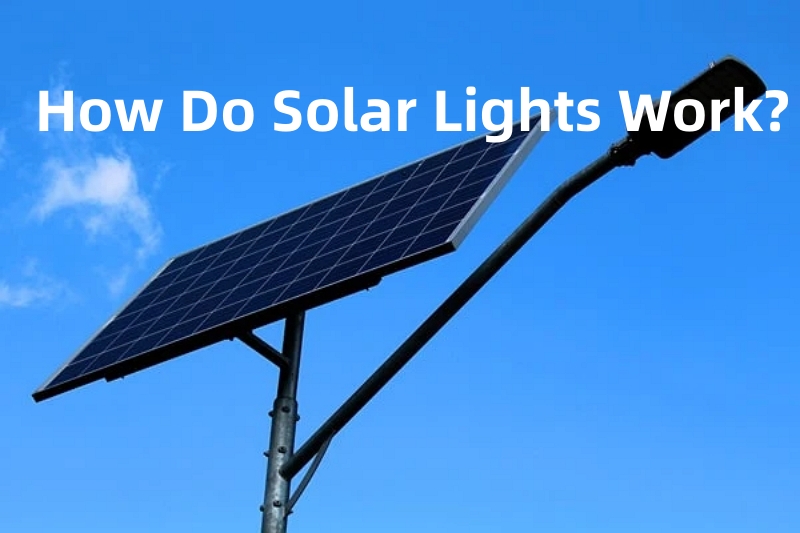

Part 1. How Do Solar Lights Work?
Solar lights are a great alternative to traditional outdoor lighting. They are energy-efficient and environmentally-friendly, making them a popular choice among homeowners. But how exactly do solar lights work? Solar lights contain solar panels that absorb sunlight during the day and convert it into energy. This energy is then stored in rechargeable batteries that are located inside the light fixture. When the sun goes down and the solar panels are no longer receiving sunlight, the batteries power the light fixture.
Some solar lights also have the option of a manual on/off switch, allowing you to control when the light is on or off. This is useful if you want to conserve battery power during long periods of cloudy weather or if you want to use the solar light as a decorative feature during the day.
Part 2. How Do Solar Lights Turn On at Night?
Solar lights are a popular and eco-friendly alternative to traditional electric lights. They are powered by the sun during the day and turn on automatically at night. But how do they do it? The answer lies at a photoreceptor that detects when it’s dark and then turn on the lights. The photoreceptor is usually made up of LEDs or light-emitting diodes. The battery supplies the electricity it needs so user can turn on the solar lights at night.
The light will stay on until either the battery runs out of energy or the photoreceptor detects the presence of light again, signaling that it’s morning and time to turn off. It’s important to note that the brightness and duration of the light will depend on several factors, including the quality of the solar panel and battery, as well as the amount of sunlight the solar light receives during the day.
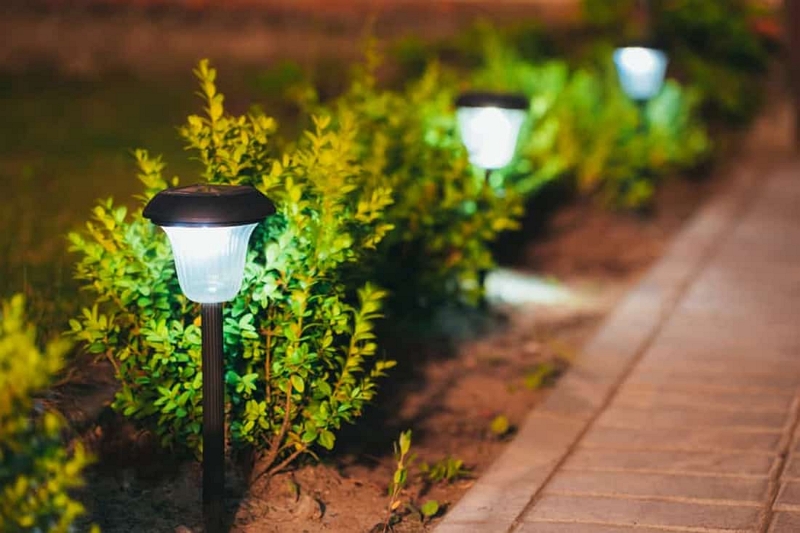

Part 3. How to Charge Solar Lights Without Sun?
Solar lights are an excellent source of lighting, especially for outdoor spaces. However, the lack of sunlight can be a real issue, and it can be challenging to keep the batteries charged in the absence of sunlight. Fortunately, there are some ways to charge solar lights without direct sunlight.
One way to do this is by using incandescent light or household light. An incandescent light bulb can produce heat, which can be used to charge a solar light. It's a simple process. All you need to do is place the solar light underneath or near the incandescent light bulb, and the heat from the bulb will charge the solar light's battery.
However, there are a few things to keep in mind. First, not all incandescent light bulbs are the same. You need to use a 60-watt bulb or higher because they produce enough heat to charge the solar light. Second, make sure that the solar light is not too far away from the bulb. The closer it is to the bulb, the better.
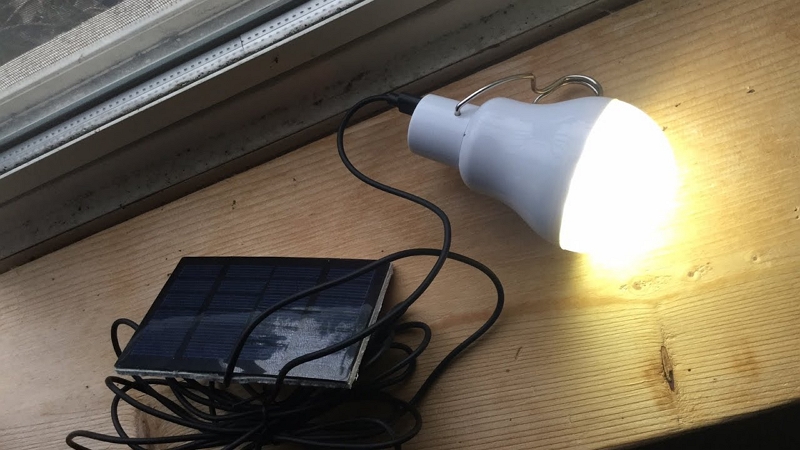

Another method to charge solar lights without the sun is by taking advantage of a charging station. A charging station is essentially a power bank for your solar lights. It is a device that is charged by electricity and can be used to charge your solar lights. Many charging stations are portable, so you can take them with you on camping trips or use them in your backyard.
To use a charging station, simply connect your solar lights to the charging station using the provided cables.
Part 4. Do Solar Lights Need Batteries?
Yes, solar lights need batteries. Although solar-powered lights are a great alternative to traditional lighting, they still require batteries to store the energy that is produced by the solar panels. The batteries act as a reservoir of sorts, holding onto the energy until it's needed. When the sun goes down and the solar panels are no longer producing energy, the batteries kick into action, supplying the power that is needed to keep the lights on.
It's important to note that the batteries used in solar lights are generally rechargeable. They are designed to be used over and over again, with the energy from the solar panels replenishing the battery's charge each day. This means that there is no need to constantly replace the batteries in your solar lights, as long as they are working properly and receiving enough sunlight to recharge.
Part 5. Pick a Good Solar Light for Your Home
A good solar light should be weather-resistant, bright with a nice warm glow, has a long-lasting battery, and matches the style of your home. The AiDot Solar Spotlight checks all of these boxes. It's waterproof, has a warm glow, a long battery life, a sleek and modern design, and is easy to install. Plus, its RGBW feature allows you to change the colors according to your mood and preference. Here are some of the many features of this solar light:
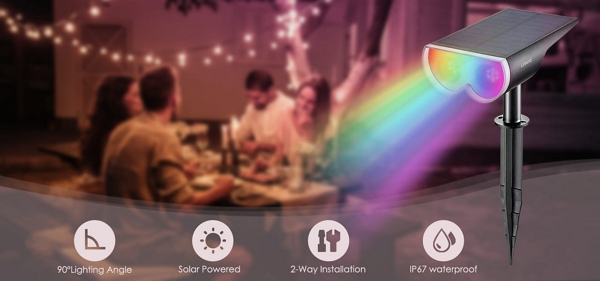

- Super Brightness with 16 LEDs – With 16 high-brightness LED lamp beads and a 90-degree beam angle, this light produces up to 650 lumens of 6500K light output, which is 50% brighter than other ordinary lights.
- 2 Brightness Lighting Modes & 2 Installation Options – This feature allows you to choose between two different levels of brightness, depending on your needs. The two installation options allow you to position the product on walls or ground.
- Eco-Friendliness – This light uses solar energy to operate, requiring no electricity. It is also long-lasting, providing you with reliable and consistent lighting for years to come.
- Adjustable Lighting Angles – With the ability to adjust the lighting angles, you can direct the light exactly where you need it, ensuring that all areas of your garden or outdoor living space are well-lit.
- IP67 Waterproofing – This light can withstand a lot of weather conditions, including rain, snow, and even extreme temperatures.
[Bonus Now]: Here is an exclusive coupon code only found in blog posts. Save it now (AiDotBG01) and get 10% off at AiDot mall!
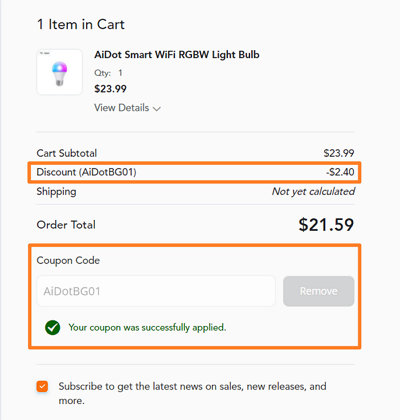

Conclusion
Solar lighting is a great way to add ambiance to your outdoor space and save energy at the same time. Understanding the science behind how solar lights work is fascinating, and we hope that our explanation was helpful in breaking it down for you.
Overall, the AiDot Solar Spotlight is an excellent choice for anyone who wants to enhance their outdoor space while keeping energy costs low. With its sleek design, advanced technology, and customizable lighting options, this light is a truly versatile and eco-friendly addition to any home.











